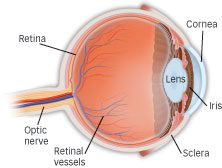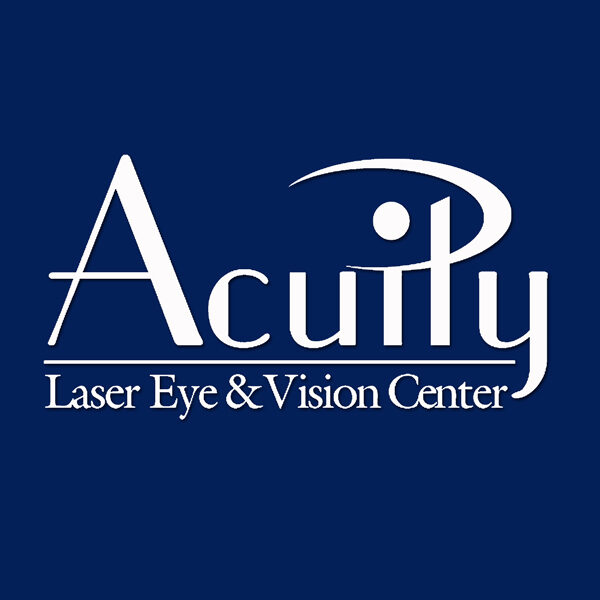Myopia, or nearsightedness, is a refractive error which means that the eye does not bend or refract light properly to a single focus to see images clearly. Myopia is a common condition that affects an estimated 25 percent of Americans.
Myopia occurs when the eye is longer than normal or has a cornea (clear front window of the eye) that is too steep. As a result, light rays focus in front of the retina instead of on it. This allows you to see near objects clearly, but distant objects will appear blurred. Patients with myopia have a higher risk of developing a detached retina.
Ask your ophthalmologist (Eye MD) to discuss the warning signs of retinal detachment with you if you are in this risk category. If the retina does detach and it is discovered early enough, a surgical procedure can usually repair it. It is important to have regular eye examinations by an ophthalmologist to watch for changes in the retina that might lead to retinal detachment. People with high myopia may also have a higher than average risk of developing glaucoma and cataracts.


